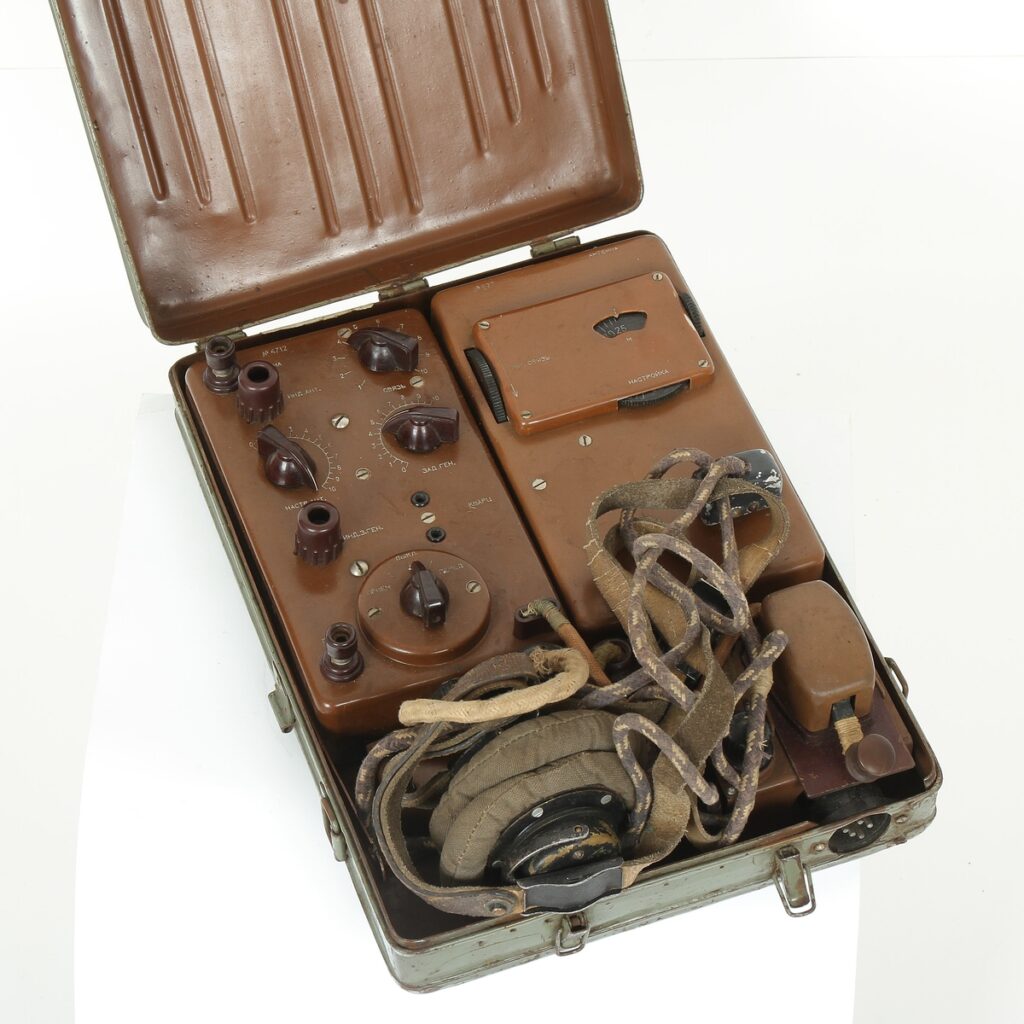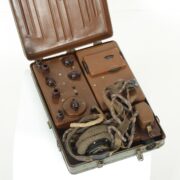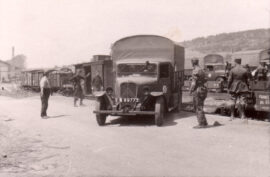
12 Soviet Agency Radio Station BELKA, 1944
Fotogalerie


The need to equip partisan units with modern radios led to the development of several interesting designs at the beginning of the war. One of them was the BELKA radio station developed in 1942, derived from the OMEGA radio station designed for geologists working in Siberia. While the first type of BELKA station consisted of a separate receiver and transmitter, the later three-electron version had only a single block. When receiving, all three tubes were used; when transmitting, the first and third tubes were connected in parallel and worked as a transmitter. The transmitter was crystal controlled; the receiver had continuous tuning. The radio station on display was part the armament of one of the partisan groups operating in Moravia at the end of World War II.
Aktuálně

Pojízdné zařízení pro očistu bojové techniky TZ-74 GABRIEL

Oceňovaní spojenci - Pozemní útvary československé branné moci v bitvě o Francii očima francouzského velení

Vánoce a přelom roku v zahraniční misi na Slovensku v roce 2022









